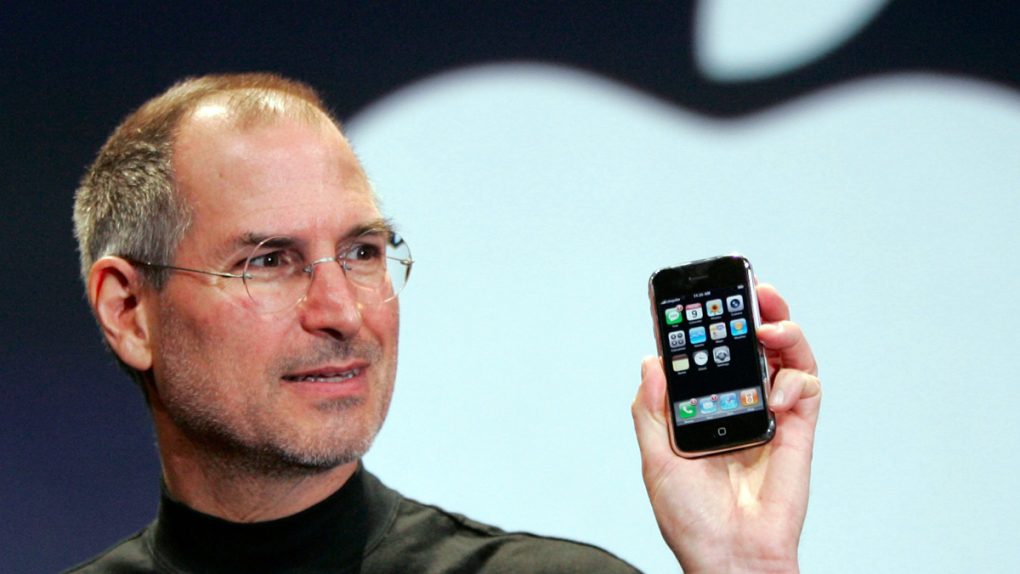Thanks to an increasingly large pool of iPhone users looking to upgrade, there’s a strong chance that the upcoming iPhone 7 will become Apple’s most successful iPhone model yet. That’s all well and good, but it’s starting to look like 2017’s iPhone 7s will be the revolutionary upgrade that Apple enthusiasts have long been waiting for.
In fact, the iPhone 7s may constitute such a dramatic upgrade that Apple may even decide to forgo the ‘7s’ title and instead call its 2017 iPhone the iPhone 8. And based on the rumors that we’ve seen thus far, such a departure from Apple’s traditional naming scheme would be more than appropriate.
DON’T MISS: Here’s what Siri looks like on your Mac
Based on a number of reports, including one from well-connected blogger John Gruber, Apple’s 2017 iPhone will abandon its aluminum backed casing in favor of a glass casing previously used on the iPhone 4 and 4s. Not only that, but reports suggest that the successor to the iPhone 7 will feature an edge-to-edge OLED display with curved glass on both the front and the back. As for the home button, rumor has it that Apple figured out a way to embed the home button and its Touch ID technology underneath the display.
And just yesterday, we highlighted an Apple patent filed last year detailing an iPhone with a “wrap-around curved display covered by protective glass.”
What’s interesting about these rumors is that we know for a fact that Apple previously explored releasing an iPhone with two pieces of curved glass. In fact, Apple initially wanted the original iPhone to be comprised of two pieces of curved glass.
During Apple and Samsung’s highly-publicized 2012 patent trial, veteran Apple designer Douglas Satzger explained during a deposition that Apple, when designing the original iPhone, wanted to release a device comprised of two curved pieces of glass.
Ultimately, Satzger explained that Apple had to abandon the idea due to cost issues and technological limitations.
“The technology in shaping the glass, the cost relative to shaping the glass at the time, and some of the design features of this specific shape were not liked,” Stringer said.
That notwithstanding, Apple still went ahead and developed prototypes of such a device, photos of which were eventually unearthed during the course of the trial. If you missed it the first time, here it is below.
Of course, in the years since the original iPhone was released, Apple has arguably developed an unparalleled expertise in shaping glass, in large part due to some of the innovative designs found across any number of Apple retail stores across the globe and its upcoming Spaceship campus which are said to feature the world’s largest “pieces of curved structural glass.”








